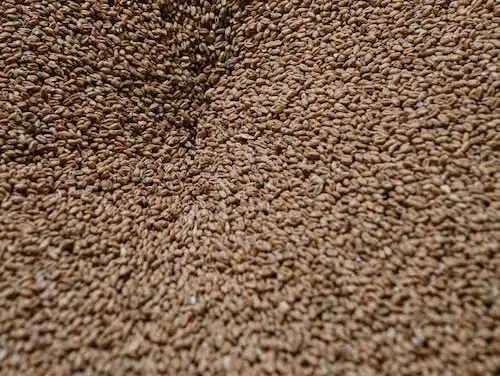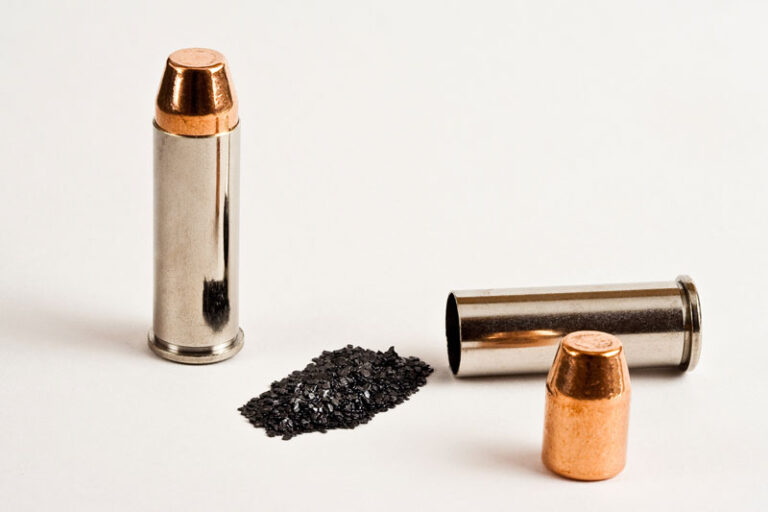Weight measurement has always been central to trade, science, and daily life. Among the smallest and most precise units is the grain, a unit that survived centuries of change. When combined with the pound, a staple in the imperial system, it creates one of the most common conversion questions: how many grains in a pound? The direct answer is simple, but the background, applications, and variations make it a deep and fascinating subject.

Quick Answer: How Many Grains in a Pound?
There are exactly 7,000 grains in one avoirdupois pound.
This relationship is fixed by international agreement and does not change.
-
1 pound (avoirdupois) = 7,000 grains
-
1 grain = 0.000142857 pound
-
1 grain = 64.79891 milligrams
The consistency of this relationship allows grains to be used in fields requiring high precision, such as ammunition, jewelry, pharmacology, and metallurgy.
Understanding the Grain: The Smallest Traditional Unit
Definition of a Grain:
A grain is the smallest traditional unit of mass still recognized in modern measurement systems.
It equals 64.79891 milligrams or 0.06479891 grams.
Historical Background:
-
Originally, a grain was based on the weight of a barleycorn seed.
-
The definition varied across regions until international standards fixed it.
-
Today, the grain is used primarily in ballistics, jewelry, and medicine.
What Is a Pound?
The Avoirdupois Pound:
-
Modern pound used in the United States and the United Kingdom.
-
Defined as 16 ounces.
-
Fixed as 0.45359237 kilograms since 1959.
-
Subdivided into 7,000 grains.
The Troy Pound:
-
Used in precious metals trade.
-
Equal to 12 ounces instead of 16.
-
Contains 5,760 grains.
-
Common in gold, silver, and platinum measurements.
Other Historical Pounds:
-
Tower Pound: 5,400 grains, once used for silver coinage in England.
-
London Pound: 7,200 grains, another medieval standard.
Why 7,000 Grains in a Pound?
The figure is not random. It comes from:
-
System Design: The avoirdupois system divided the pound into 16 ounces, each containing 437.5 grains.
-
Historical Practicality: A round number for trade, ensuring uniformity across weights.
-
Standardization: The 7,000-grain pound became law through British weight reforms and later adopted internationally.
Conversion Formulas
Clear formulas simplify grain-to-pound conversions:
-
Pounds to grains:
pounds × 7,000 = grains -
Grains to pounds:
grains ÷ 7,000 = pounds -
Grains to ounces:
grains ÷ 437.5 = ounces
Conversion Table: Grains to Pounds
| Grains (gr) | Pounds (lb) | Ounces (oz) |
|---|---|---|
| 50 gr | 0.00714 lb | 0.114 oz |
| 100 gr | 0.01429 lb | 0.229 oz |
| 500 gr | 0.07143 lb | 1.143 oz |
| 1,000 gr | 0.14286 lb | 2.286 oz |
| 3,500 gr | 0.5 lb | 8 oz |
| 7,000 gr | 1 lb | 16 oz |
| 14,000 gr | 2 lb | 32 oz |
Conversion Table: Pounds to Grains
| Pounds (lb) | Grains (gr) |
|---|---|
| 0.25 lb | 1,750 gr |
| 0.5 lb | 3,500 gr |
| 1 lb | 7,000 gr |
| 2 lb | 14,000 gr |
| 5 lb | 35,000 gr |
| 10 lb | 70,000 gr |
Applications of Grains in Different Fields
1. Firearms and Ammunition:
Grains are the standard unit for measuring:
-
Bullet weights: A 9mm bullet often weighs 115–147 grains.
-
Gunpowder charges: Measured in small grain increments to ensure safety.
-
Example: A rifle load using 25 grains of powder yields 280 cartridges per pound.
2. Precious Metals:
-
The troy system still governs gold and silver.
-
1 troy ounce = 480 grains.
-
A standard gold bar weighing 1 troy pound = 5,760 grains.
3. Medicine and Pharmacy:
-
Older prescriptions used grains.
-
1 grain = 64.8 mg.
-
Example: A 5-grain aspirin tablet equals 324 mg.
4. Jewelry and Gemology:
-
Diamonds and pearls sometimes measured in grains.
-
1 grain = 0.324 carats.
-
A 10-grain pearl = 3.24 carats.
Common Bullet Weights in Grains:
-
.22 LR: 36–40 grains
-
9mm: 115–147 grains
-
.45 ACP: 185–230 grains
-
.223 Remington: 55–77 grains
-
.308 Winchester: 150–180 grains
Common Grain to Gram Conversions:
-
1 grain = 0.0648 g
-
10 grains = 0.648 g
-
100 grains = 6.48 g
-
500 grains = 32.4 g
-
1,000 grains = 64.8 g
Historical Evolution of Grain and Pound:
-
Roman times: Weight tied to seeds and barleycorns.
-
Middle Ages: Trade relied on local definitions, creating confusion.
-
England (14th century): The grain was legally fixed under Edward III.
-
Modern era: 1959 international agreement fixed the pound and grain relationship.
FAQs:
Q1: How many grains in a pound of gunpowder?
Exactly 7,000 grains, since the pound used is avoirdupois.
Q2: Is a grain the same in the troy and avoirdupois systems?
Yes, one grain = 64.79891 mg in both systems.
Q3: Why use grains instead of grams in firearms?
Grains allow small and precise measurement of powder and bullet mass.
Q4: How many grains in an ounce?
One avoirdupois ounce = 437.5 grains.
Q5: How many grains in a kilogram?
One kilogram = 15,432.36 grains.
Q6: How many grains in a troy pound?
A troy pound = 5,760 grains.
Q7: Are grains still used in medicine?
Modern medicine uses milligrams, but older prescriptions reference grains.
Q8: How many grains in half a pound?
Half a pound = 3,500 grains.
Q9: What does 150 grains mean in ammunition?
It refers to bullet weight. A 150-grain bullet weighs 9.72 grams.
Q10: Is the pound-to-grain ratio ever different?
No. The ratio is fixed by law and standardization.
Learn More: How Many Grams In a Quarter? Complete Guide With Conversions
What’s the Difference Between Peanut Butter and Jam?
Conclusion:
The answer to how many grains in a pound is 7,000 grains in the avoirdupois system. This conversion remains unchanged across time due to strict international standards. Grains, though small, play a vital role in firearms, precious metals, medicine, and jewelry. Understanding this unit unlocks precision and historical context in trade, science, and industry.

